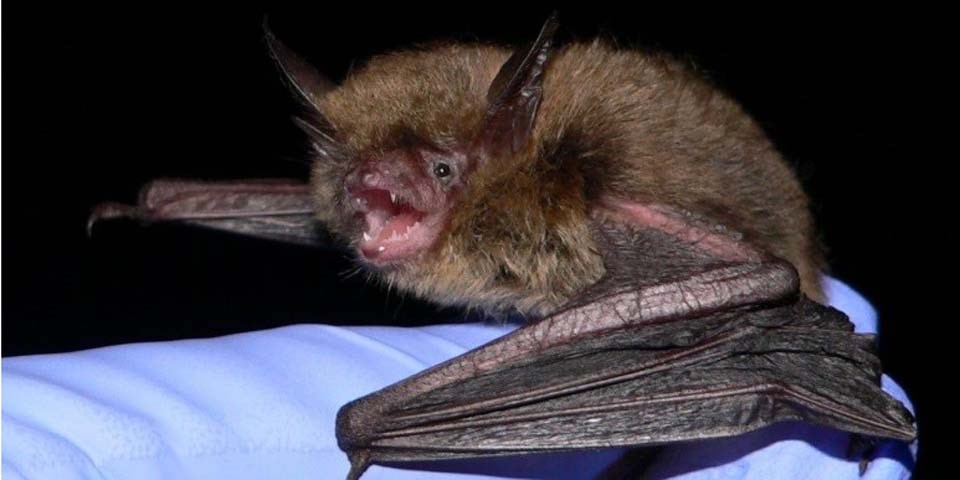Bats In The News October 2019

Photo Credit: National Park Service
In recent news regarding bats in Texas, white nose syndrome has severely hurt tri colored bat populations. This disease has knocked out 75 percent or more of the tri colored bat colony that resides in Mammoth Cave National Park.
In another scenario of bat populations decreasing, Texas A&M reports that they once has a bat population of 250,000 that has severely decreased. This was reported in a recent PSA alerting people to stay away from any bats that may come into contact with humans at Kyle Field.
Learn more about bats here – https://thecrittersquad.com/species/bats/
The Critter Squad Inc. (713) 396-6030
Fungus Blamed For Loss Of 75-80 Percent Of Tri-Colored Bats
It’s been nearly 14 years since “white-nose syndrome,” named for a white powder-looking fungus found on the nose of bats, was first identified on a bat in New York. Since then the disease has moved westward, leaving millions of dead bats in its wake. At Mammoth Cave National Park in Kentucky, the disease is blamed for the loss of 75-80 percent of Tri-colored bats there.
National Park Service staff at the park say Tri-colored bats were once among the most often seen bat species in the cave. Today White-Nose Syndrome has made it a much more rare event. If you see one of this species, consider yourself fortunate.
The fungus behind White-nose syndrome was spotted in North Dakota this past summer. As of July, WNS has been confirmed in bats from 33 states and seven Canadian provinces. North Dakota joined Wyoming, Mississippi and Texas as states that had detected the fungus, but not yet confirmed cases of WNS. Read More
Summary: White Nose syndrome, a deadly disease for hibernating bats has recently hit bat populations hard. In the most recent case of WNS, Mammoth Cave National Park has reported that 75-80 percent of Tri Colored bats there have been wiped out as a result of white nose syndrome.
Texas A&M: Bats at Kyle Field pose rabies risk
While bats are not as common in Kyle Field as they used to be, Texas A&M University officials warn football fans to stay away from any they might see at this weekend’s game, as the winged mammals can carry rabies.
According to a university press release, anyone who sees a bat is advised to contact Facilities Services Communications Center at 979-845-4311 or tell a nearby attendant or police officer. When possible, the bat will be sent for rabies testing and the Texas Department of State Health Services will be consulted. Anyone who comes in contact will remain in touch with DSHS for test results and potential treatment.
Before Kyle Field was renovated in 2015, the stadium was home to 250,000 bats. While that number has dropped dramatically, Assistant Athletics Director Steve Miller said some bats still find their way into the stadium, so there are nets under the bleachers to keep them from roosting. Read More
Without their stadium home, bats invade Texas A&M, @MWatkinsTrib reports: http://t.co/iOBSz6d8As
— Texas Tribune (@TexasTribune) May 2, 2015
Summary: Previous to 2015, Kyle Field had a bat population of a quarter million bats. Recently they say that the bat population has drastically decreased however Texas A&M is warning to stay away from any bats at the field. Bat bites and scratches can both transmit rabies.
